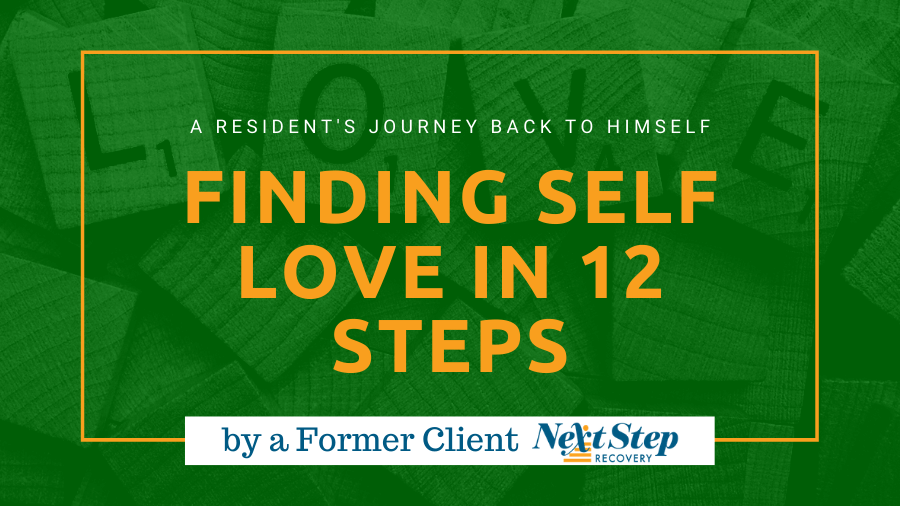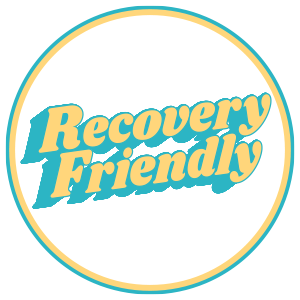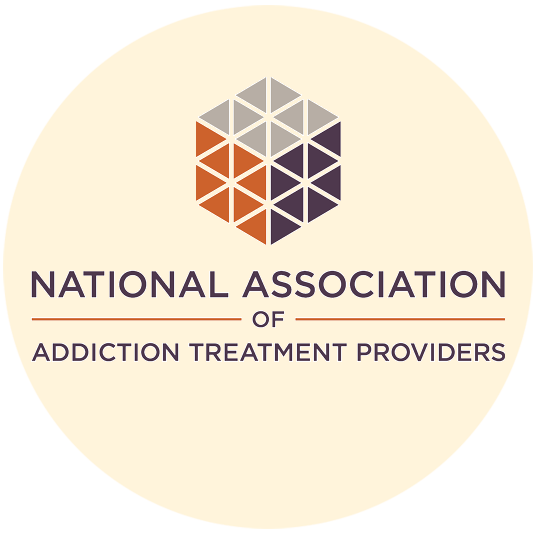Love is a tough thing sometimes. Loving another individual can be difficult, but loving one’s self is often a much more arduous task – especially for an addict. As an addict, when I thought of self-love, I would imagine this elusive persona decorated with endless amounts of tranquility. I thought it would be impossible to ever love myself. I would shove myself so far down into these deep, bottomless holes of self-pity that I couldn’t picture self-love being anywhere within the realm of possibility. I broke myself down to the point where the only salvation I had would be something outside of myself. Luckily, I was introduced to recovery and found just what I needed in order to come back from that darkness: the twelve steps. The idea of taking twelve steps to fix a drug habit sounds simple on the surface, but the steps are designed to do what no amount of medical research has been able to accomplish before: give the addict a new way to live and remove the desire to use. Hopefully, by the time the steps have been worked thoroughly and honestly, a person will love themselves to some degree.
Before an addict embarks on this twelve-step journey of self-repair, they have usually been collapsed into a shell of a human with nothing but the gift of desperation to keep them afloat. When I decided to put up the white flag and give recovery a try, I was sick and tired of being so sick and tired. The first of the twelve steps involves admitting that addiction has made your life unmanageable, and the steps that follow bring about a “psychic change,” which is necessary in order to achieve long term clean time.
It sounds so simple to people when you tell them that recovery is a “twelve step process.” They think that you just follow these twelve simple steps and then you’re cured and will never use again. In reality, the twelve steps take time. They take more than just time; the steps require patience, honesty, open-mindedness, willingness, faith, trust, perseverance, courage, and plenty more principles. The steps are basically set in stone as far as how they’re set up, but how they are worked varies greatly from person to person. It is common for the complete cycle to be repeated more than once by people who stay in recovery for years. Working the steps is essentially practice and never done perfectly. This is because the principles within the steps must be applied to the life of the person working them.
In a program of recovery, it is common to hear from fellow addicts:
“We will love you until you learn to love yourself.”
There is so much beauty within this one simple statement. Recovery is not something that can be done alone. For me, it was the love that I received from other recovering addicts that gave me the willingness to dive into the steps. With the help of an incredibly invaluable sponsor, I have been guided through a portion of the steps and have already undergone some uplifting spiritual, emotional, and mental changes. My sponsor once explained how he quit smoking cigarettes, “well, eventually I started loving myself so much that I just couldn’t keep doing that to my body.” That’s exactly what the twelve steps are designed to do.
Know someone who might benefit from this post? Please like and share this post with them. Or, if you have questions or comments, please leave them below! We’re always looking for ways to keep the conversation about recovery going. Education is one the most powerful tools we have combat addiction.







